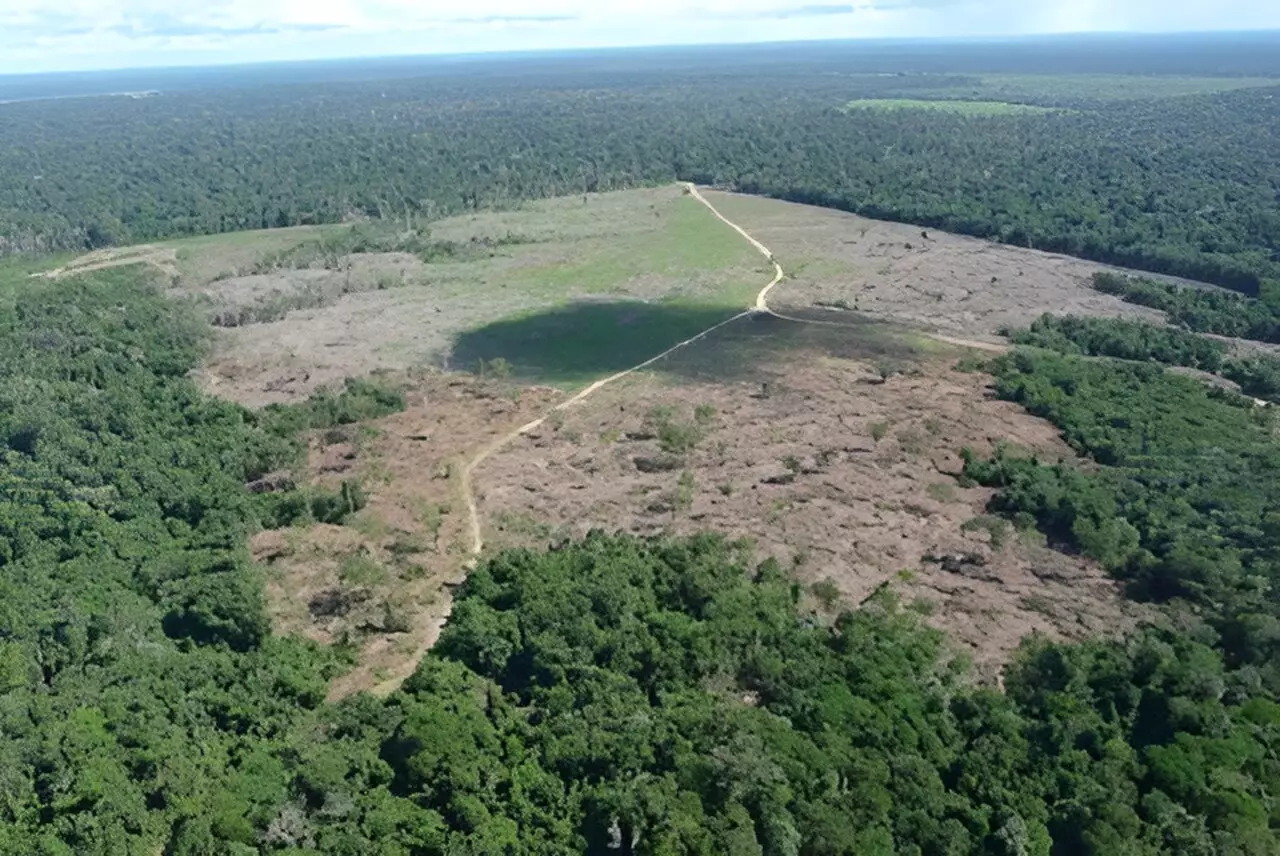The Brazilian Legal Amazonia (BLA) represents a significant ecological zone, encompassing over 5 million square kilometers, which is nearly 60% of Brazil’s land area. This region includes the vast Amazon Rainforest and adjacent Cerrado, which are critical not only to local ecosystems but also to the global climate. Unfortunately, extensive deforestation threatens this biodiversity hotspot, with approximately 23% of the forest lost and substantial areas in a degraded state. Such environmental degradation raises concerns about reaching a critical tipping point leading to irreversible changes in these ecosystems and the release of large quantities of carbon into the atmosphere.
While global awareness has frequently highlighted international commodity demand—such as soy and beef—as major catalysts for deforestation, recent studies indicate that domestic markets play even a larger role. Research by Eduardo Haddad and colleagues emphasizes the need to reconsider how deforestation is analyzed. Traditionally approached from a supply standpoint, understanding the drivers of deforestation from a demand perspective reveals a different story. The study found that a striking 83% of deforestation in BLA is driven by demand external to the region, with 60% of that stemming from other regions in Brazil.
This insight prompts a reevaluation of conservation strategies. If domestic consumption is fueling much of the deforestation, national policies and consumption patterns need to be scrutinized and potentially reformed to address the root causes of ecological damage.
The methodologies applied in Haddad’s study are notable for their sophistication. Utilizing the input-output matrix model developed by economist Wassily Leontief, the analysis highlights relationships within economic sectors, revealing how shifts in production and consumption impact environmental outcomes. Despite the limitations of working with dated data—since the last comprehensive matrix from Brazil’s national statistics bureau was produced in 2015—Haddad notes that economic structures in Brazil have seen minimal change in recent years. This observation offers some justification for the relevance of the 2015 data despite its age.
This multifaceted approach integrates deforestation intensity, greenhouse gas emissions, and regional production data, shedding light on the intricate connections between agriculture, the economy, and environmental stewardship. Such an analysis is crucial for formulating effective policies that address the continued pressure on the Amazon biome.
The Expansion of Agriculture and its Ecological Impact
Evidence shows monumental growth in agricultural practices over the past few decades, particularly soybean farming and livestock production. From a mere 200 metric tons of soybeans in 1974 to 50 million tons by 2022, the expansion has been staggering. Similarly, cattle ranching has surged from 8.9 million head in 1974 to over 104 million in 2022. This expansion is not just a statistic; it represents a transformation of land that once served as critical habitat and biodiversity reservoir.
Interestingly, the drivers behind this agricultural growth also provide insight into deforestation patterns. The study indicates that the majority of land cleared for cattle grazing responds more to domestic demands than to international markets, unlike crop-related deforestation, which leans more towards export-driven dynamics. This distinction suggests different pathways and stakeholders that policymakers must engage in order to foster sustainable solutions.
Compounding the issues of legal agricultural expansion are the illegal activities associated with land occupation. Grilagem, or the illegal appropriation of government land, poses a significant challenge. As Haddad’s research indicates, a substantial portion of deforestation results from land claims that bypass legal protocols, reflecting deeper systemic weaknesses in land governance.
With litigation over land rights taking years to resolve, illegal deforestation continues unabated, suggesting that enforcement of regulations needs to be strengthened, and that legal reforms are necessary to address issues of land tenure.
The findings of Haddad’s study underscore the urgent need for a shift in how deforestation policy is crafted. International and domestic demand must be held in tandem if Brazil is to rehabilitate its ecological landscapes. Considering that agricultural practices related to deforestation are also the leading sources of CO2 emissions, addressing these challenges is crucial in meeting national and international greenhouse gas reduction targets.
While global awareness continues to focus on the Amazon as a crucial resource, it is vital to recognize the localized mechanisms driving deforestation. By redoubling efforts on domestic consumption and illegal practices, Brazil can forge a path towards a more sustainable future—not only for the Amazon but for climate stability on a planetary scale. This approach would require ongoing collaboration between government bodies, environmental organizations, and local communities, creating a multifaceted strategy that promotes both ecological and economic health.


Leave a Reply